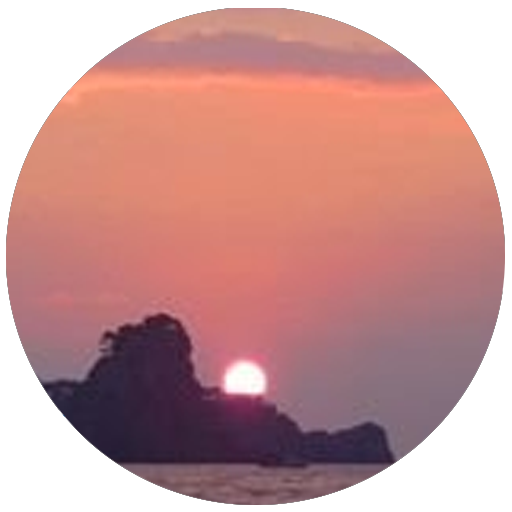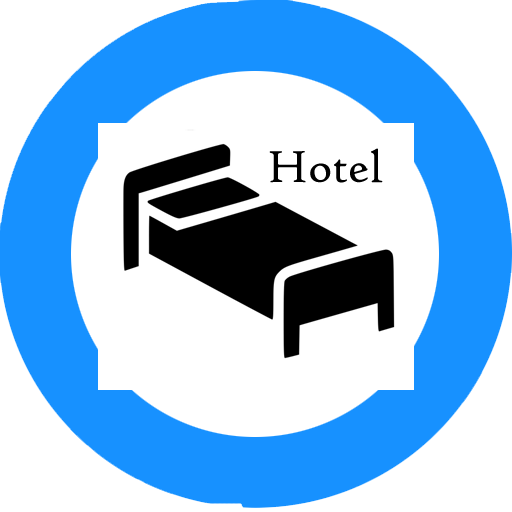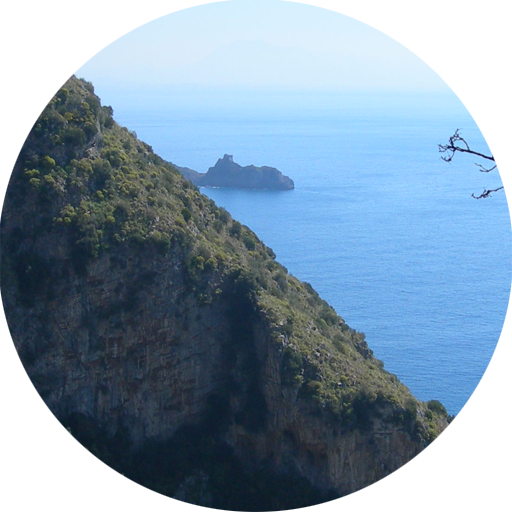On the mountains there are many thick woods of Aleppo pines and broadleaf trees. In the valley, instead, there are several fluvial woods together with the Mediterranean bush. The most important celebrations are San Donato Feast, on the 7th of August and Saint Nicholas Feast, on the 6th of December.
Beans’ cultivation is still made using ancient systems. The quality of the product is really high and famous all over the surrounding towns and villages. “Bean Festival” is an interesting event in Controne on the last Saturday and Sunday of November. Controne bean is small, round, white, without any spots and “eyes”. It’s very good for its flavour and its digestibility. Its peel is very thin, wisp-like.
HISTORY
Controne was maybe founded by people coming from Paestum, after the Greek colonisation of Paestum by Sybarites. With Alburni Mountains at its back, the name comes from “contra-elion”, that is the indication of its position towards the sun. Many finds, coins, marble pieces, medallions of Greek period confirm this idea. Other coins, of Roman age, were found, so, maybe, Controne had developed commercial traditions.
In 1264 Federico II di Svevia destroyed the town. The survivors of that destruction hid themselves in a more secure place around San Nicola Abbey, where they built the modern Controne. Later Controne was ruled by baron Vitelli.
FOLKLORE AND EVENTS
San Donato Feast, (7th August)
Saint Nicholas Feast, (6th December)
Bean Festival (November). They ancient inns return to life together with the ancient and typical characters of the past (the Abbot and the Baron). Many traditions and dishes revive and visitors can live them walking in the streets: Giudea, Pavone and dell’Osso. In this occasion beans can be purchased and many typical products can be tasted: “fagioli al tozzetto” (dry bread with extra virgin oil and boiled beans), beans and prickly lettuce, pasta with beans, “làgana” (a hand-made puff pastry) with beans.
MONUMENTS AND NATURAL BEAUTIES
Vitelli house remains, seat of the town hall
Ancient part of the town with the typical houses of via Giudea and via Purgatorio
San Nicola di Bari Church, where a wood statue of the Patron and the Papal Bull by Benedict VII are kept
Testi: Stefania Maffeo



